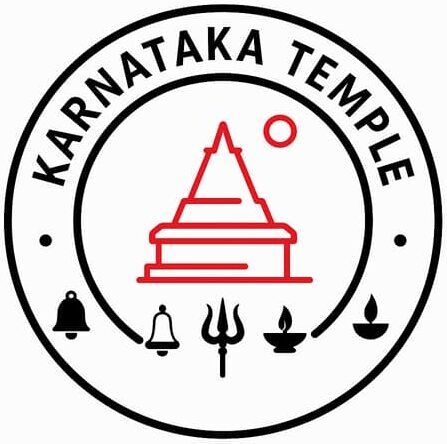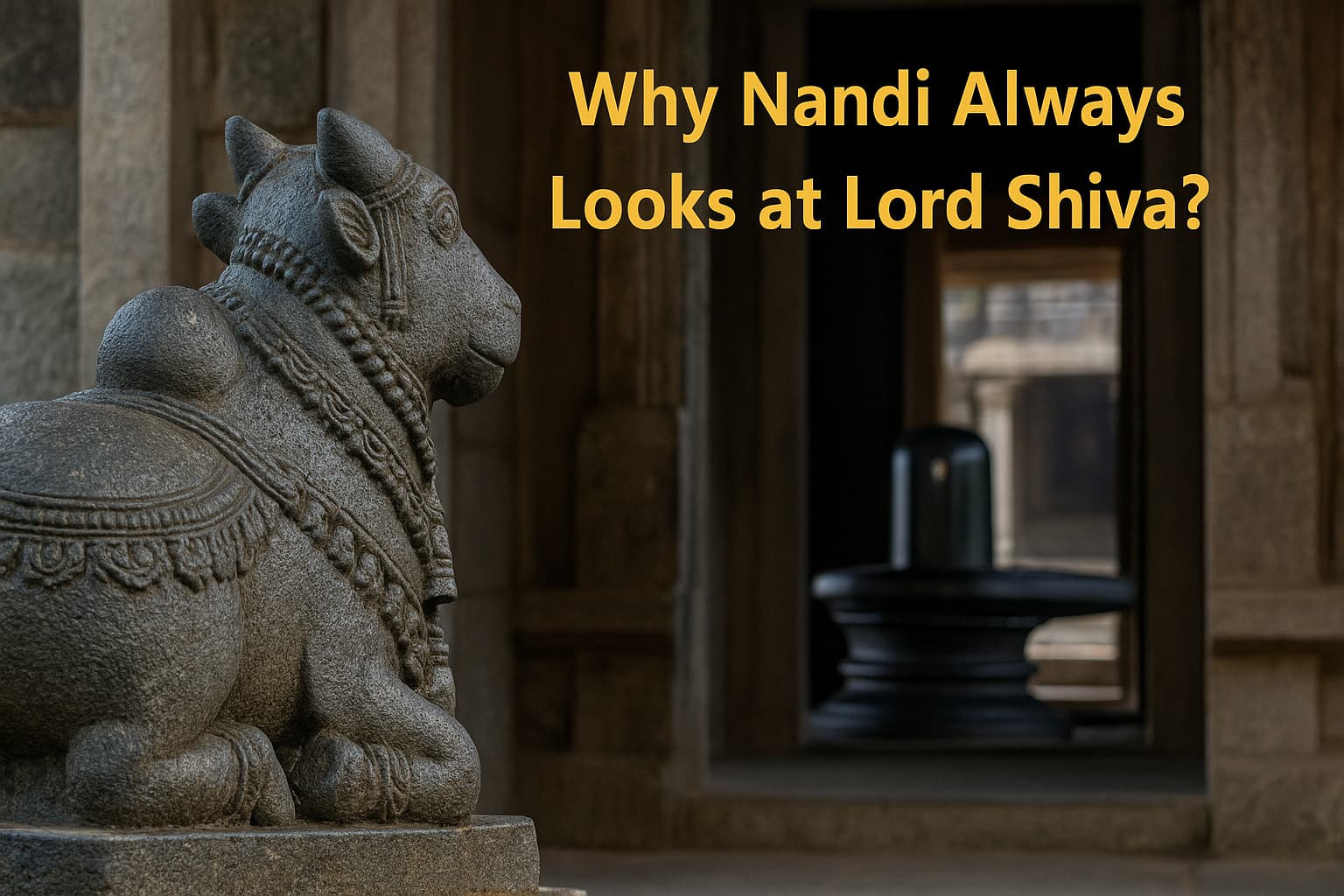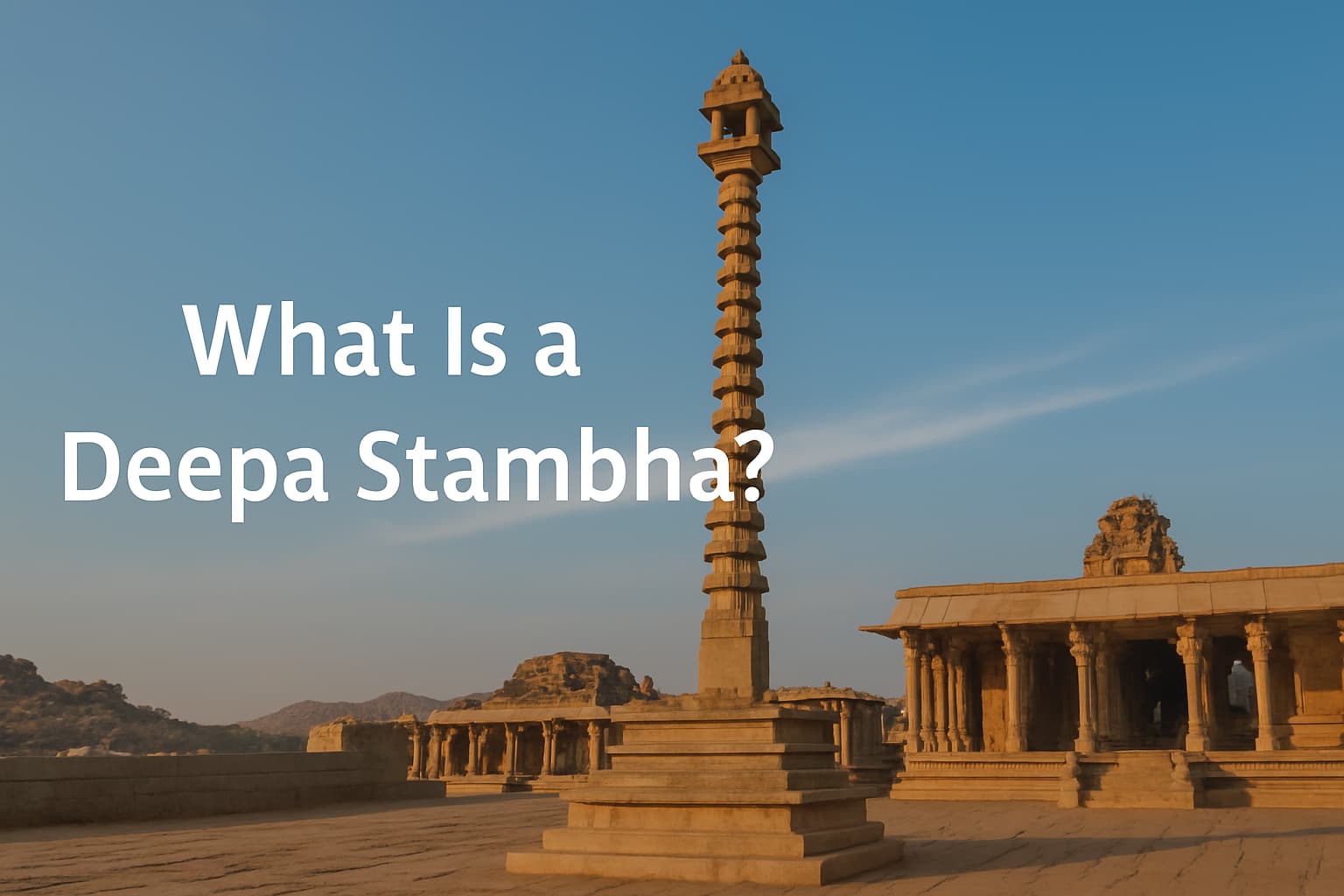🔱 Hindu Temple Symbols: Meanings, Significance, and Traditions
This guide explains temple symbols meaning found across Karnataka’s temples — from the Kalasha on the tower to the bells and lamps at the entrance. Temples across Karnataka are filled with powerful symbols — from the Kalasha atop the gopura to the sacred Deepa Stambha and temple bells. Each one holds deep spiritual meaning and reflects ancient traditions, architecture, and Vastu principles. This guide helps you understand what these sacred symbols represent and why they matter.
🌸 Explore More Temple Symbols – Coming Soon
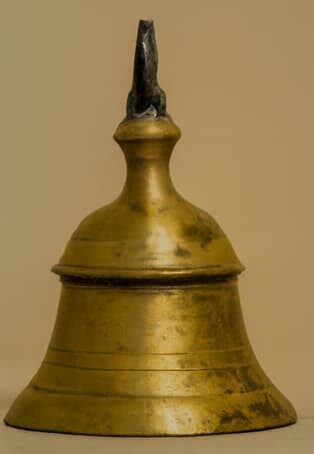
Temple Bell (Ghanta)
The ringing of a temple bell purifies the atmosphere and prepares the devotee’s mind for worship.
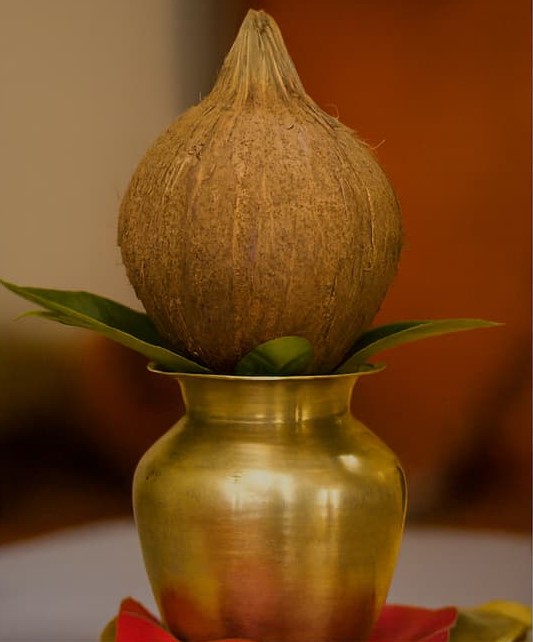
Coconut
In Hindu rituals, the coconut represents the ego that is broken before the divine, symbolizing a new beginning.
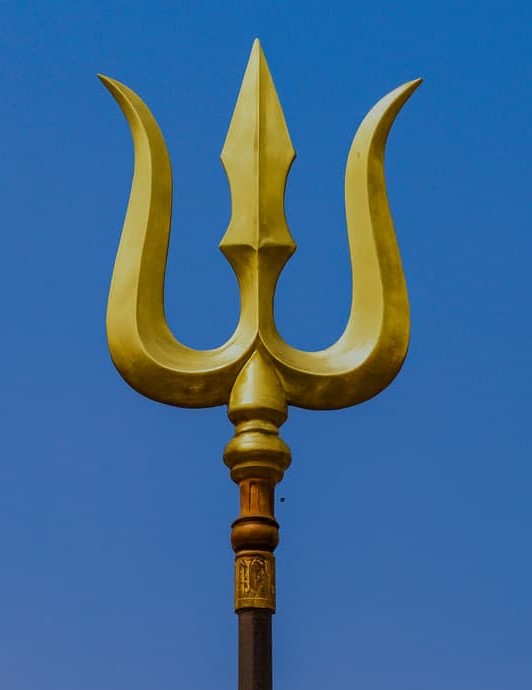
Trishula (Trident of Shiva)
The Trishula symbolizes Shiva’s threefold powers: creation, preservation, and destruction.
🙏 Check back soon as we add more articles to this sacred symbol collection!
📊 Temple Symbols – Meaning & Placement Comparison
| Symbol | Primary Meaning | Associated Deity | Common Location |
|---|---|---|---|
| Kalasha | Wholeness, Prosperity | All Deities | Atop Temple Towers |
| Deepa Stambha | Knowledge, Guidance | All Deities | Temple Entrance |
| Temple Bell | Purity, Invocation | All Deities | Mandapa / Entrance |
❓ Frequently Asked Questions (FAQs)
Q: Why are so many Hindu symbols related to nature?
Ancient Hindu wisdom believed that divinity exists in every aspect of creation. That’s why symbols like water (Kalasha), fire (Deepa), and sound (Bell) are common — they represent the five elements and connect humans with the cosmos.
Q: Can these symbols be found outside temples?
Yes. Mini Kalashas, bells, and even small Deepa Stambhas are used in home pujas and festivals, serving the same symbolic function in a personal space.
